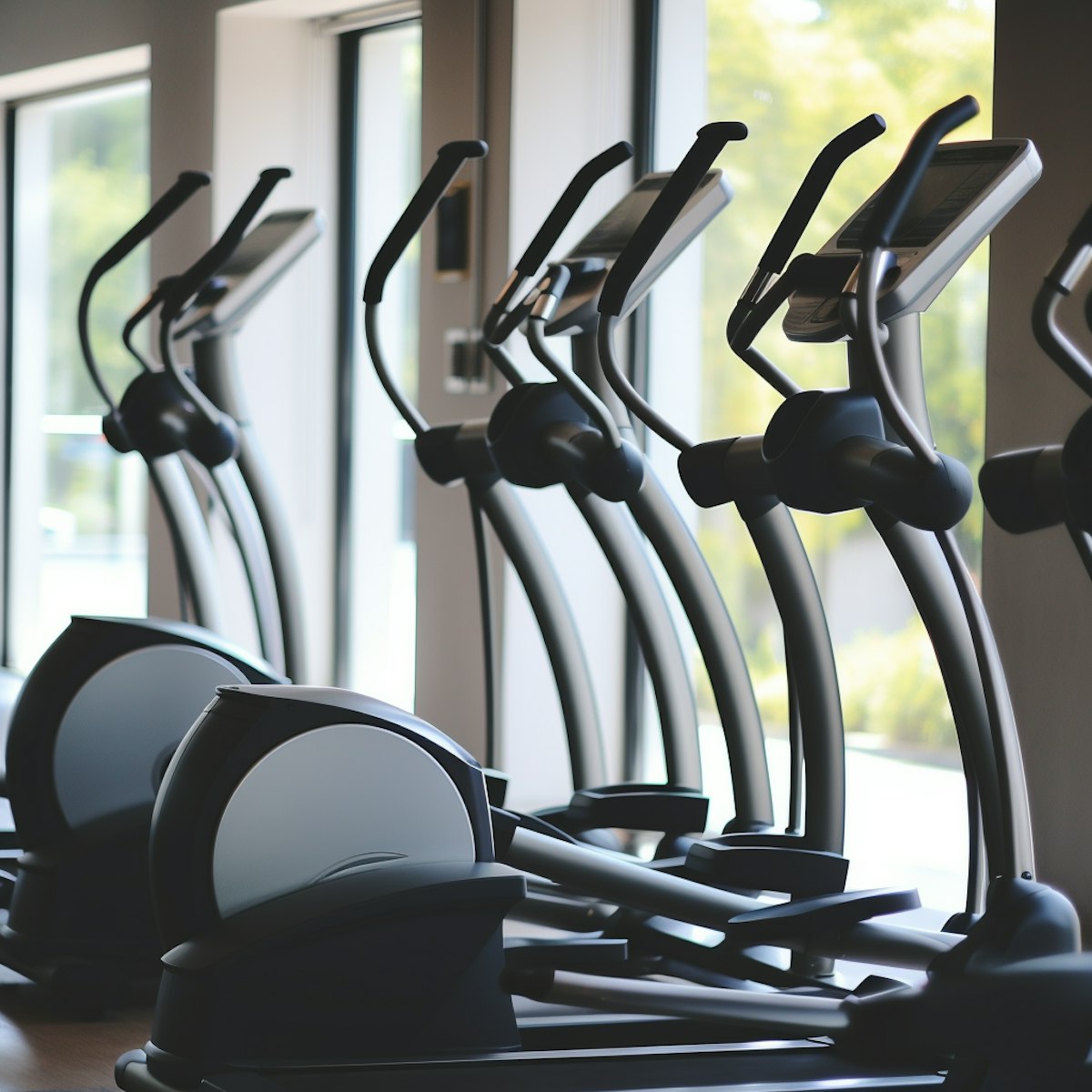In today’s fast-paced world, construction workers face unique physical challenges that require tailored fitness solutions. Enter the Construction GYM in Calgary,a specialized fitness environment designed to meet the rigorous demands of construction labor while promoting health, safety, and productivity. This article dives deep into why a Construction GYM is not just a luxury but a necessity, exploring its benefits, design considerations, workout programs, and how it transforms the construction industry workforce.
Core Benefits of a Construction GYM In Calgary
1. Injury Prevention and Safety Enhancement
Proper physical conditioning reduces the risk of injuries on site. Training focused on core strength, joint stability, and flexibility helps workers maintain proper posture and technique during heavy lifting or repetitive tasks.
2. Increased Productivity and Efficiency for Construction GYM In Calgary
Fit workers are more energetic and can maintain consistent performance throughout their shifts. Improved stamina and strength translate into faster, safer task completion, benefiting project timelines and overall business efficiency.
3. Reduced Healthcare Costs
Healthier construction workers mean fewer medical claims and lower insurance premiums. Investing in a Construction GYM can be a strategic cost-saving measure for construction companies.
4. Enhanced Worker Morale and Retention
Providing onsite or nearby gym facilities shows workers that their well-being matters. This boosts morale, reduces absenteeism, and improves retention in an industry notorious for high turnover.
Designing the Ideal Construction GYM
To maximize effectiveness, a Construction GYM must be thoughtfully designed with the worker’s needs and the construction environment in mind.
Location and Accessibility
An onsite or nearby facility encourages regular use. Accessibility during breaks or before/after shifts ensures workers can integrate fitness into their daily routine without extra commute time.
Equipment Selection
Focus on functional fitness equipment that simulates real construction tasks:
-
Kettlebells and Dumbbells: For strength and power training.
-
Resistance Bands: For joint mobility and injury prevention.
-
Medicine Balls and Sandbags: To mimic uneven weight distribution common on site.
-
Cardio Machines: Such as rowing machines and treadmills for endurance.
-
Plyometric Boxes and Agility Ladders: To enhance balance and coordination.
Space for Mobility and Stretching
Adequate space for dynamic stretching, yoga, and mobility drills is essential to improve flexibility and reduce stiffness.
Safety Features
Non-slip flooring, adequate lighting, and clear signage ensure a safe workout environment, minimizing gym-related injuries.
Tailored Workout Programs for Construction Workers
Fitness regimens in a Construction GYM prioritize functional strength, endurance, and injury prevention. Sample components include:
Strength Training
Exercises targeting the core, lower back, shoulders, and legs help workers manage heavy lifting and repetitive movements safely. Examples include deadlifts, squats, farmer’s walks, and overhead presses.
Cardiovascular Conditioning
Endurance is vital for long shifts. Interval training on rowing machines or treadmill sprints boosts cardiovascular capacity.
Flexibility and Mobility
Daily mobility exercises and stretching routines focus on hips, hamstrings, shoulders, and lower back to maintain range of motion and prevent injuries.
Balance and Stability
Unstable surfaces, balance boards, and single-leg exercises train proprioception to reduce falls and improve overall coordination.
Recovery and Injury Prevention
Programs often include foam rolling, myofascial release, and education on ergonomics tailored to construction tasks.
The Impact of Construction GYM In calgary on Industry Performance
Forward-thinking construction companies recognize that investing in worker health through a Construction GYM in calgary delivers tangible returns:
-
Fewer Lost Workdays: Studies show fit workers report fewer injuries and recover faster.
-
Better Project Outcomes: Enhanced worker capability drives quality and efficiency.
-
Attracting Talent: Health-conscious workplaces appeal to skilled labor in a competitive market.
Integrating Technology with Construction GYM
Modern Construction GYMs leverage tech to boost engagement and results:
-
Wearable Fitness Trackers: Monitor heart rate, activity levels, and recovery metrics.
-
Mobile Apps: Deliver personalized workout plans and track progress.
-
Virtual Coaching: Remote trainers provide guidance, making fitness accessible regardless of shift patterns.
Overcoming Challenges in Implementing a Construction GYM
Despite clear benefits, some companies hesitate due to cost concerns or logistical issues. Here’s how to tackle these:
Budget-Friendly Solutions
Start small with essential equipment and expand based on usage and feedback. Consider partnerships with local fitness centers offering discounted memberships.
Flexible Scheduling
Shift workers require adaptable gym hours and online resources to accommodate varying schedules.
Culture Change
Leadership must champion fitness initiatives and incentivize participation to embed health into the company DNA.
Case Studies: Success Stories of Construction GYMs
Company A: Onsite Gym Boosts Worker Health
By launching a Construction GYM, Company A reduced musculoskeletal injuries by 30% within a year. Worker surveys showed a 40% increase in job satisfaction and a 15% reduction in absenteeism.
Company B: Remote Workers Use Mobile Fitness Apps
Recognizing logistical barriers, Company B implemented virtual coaching and wearable tech. This hybrid approach increased fitness engagement by 50% and led to measurable productivity gains.
Contact Us For Build a construction GYM in Calgary
- +1 403 918 0493
- canadaproject237@gmail.com
FAQs
Q1: What is a Construction GYM?
A Construction GYM is a fitness facility designed specifically for construction workers, focusing on strength, endurance, and injury prevention relevant to their job demands.
Q2: Why do construction workers need a specialized gym?
Because construction work is physically demanding and risky, a tailored gym helps workers build functional fitness that reduces injuries and improves performance.
Q3: What equipment is essential in a Construction GYM?
Functional equipment like kettlebells, resistance bands, medicine balls, cardio machines, and balance tools are critical for job-specific training.
Q4: How does a Construction GYM benefit construction companies?
It lowers healthcare costs, reduces absenteeism, increases productivity, and boosts worker morale and retention.
Q5: Can construction companies start small with a Construction GYM?
Absolutely. Starting with basic equipment and expanding over time based on worker feedback and usage is an effective approach.


